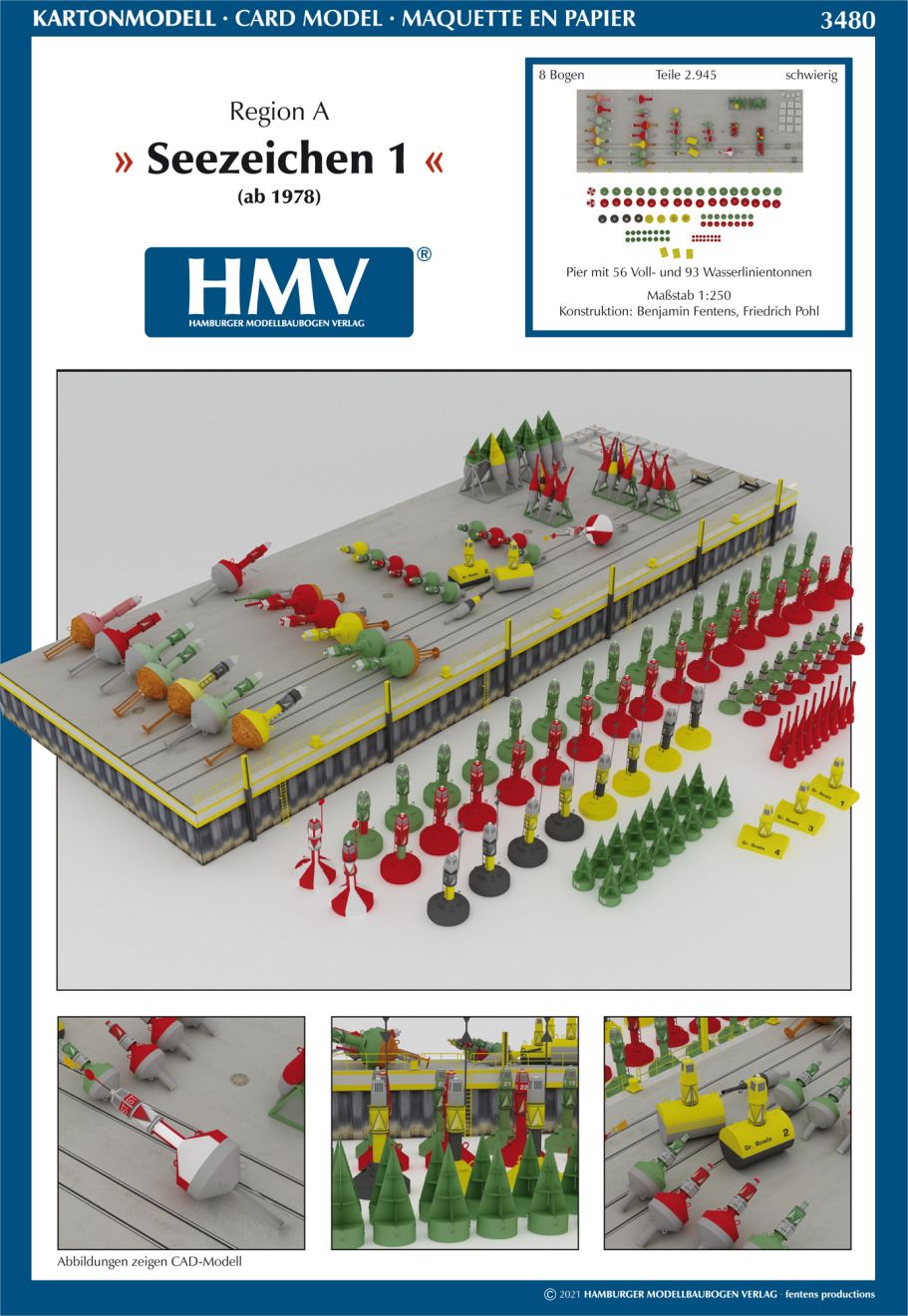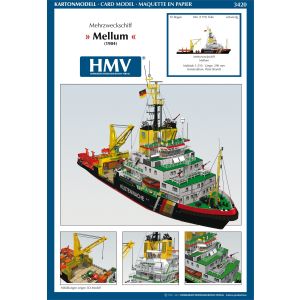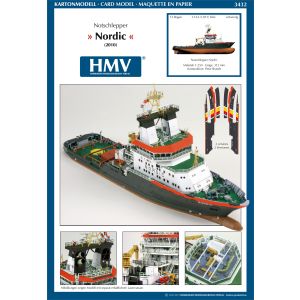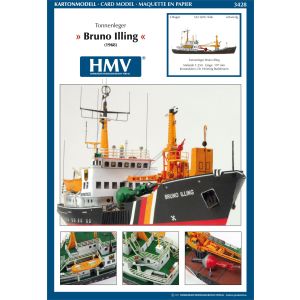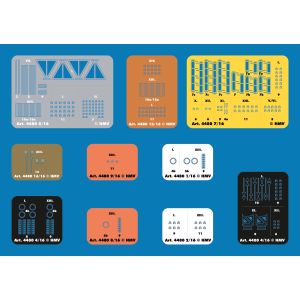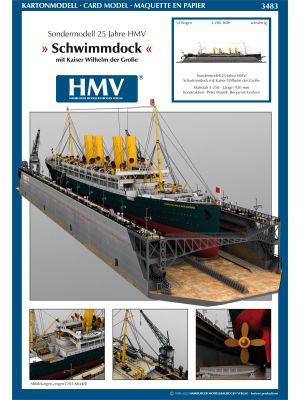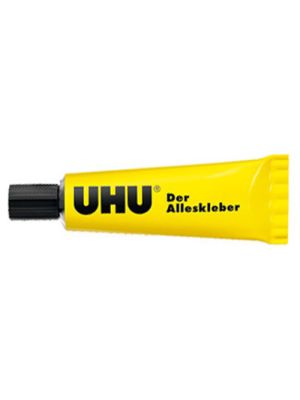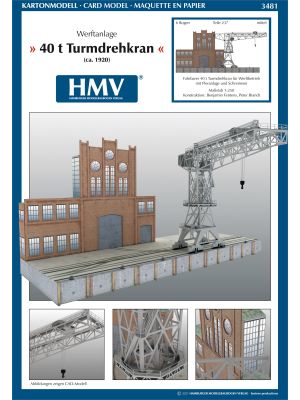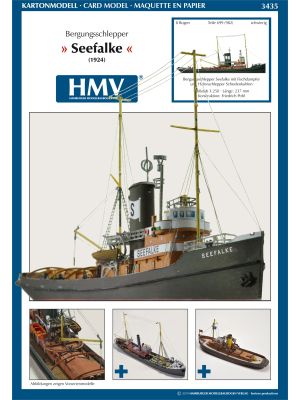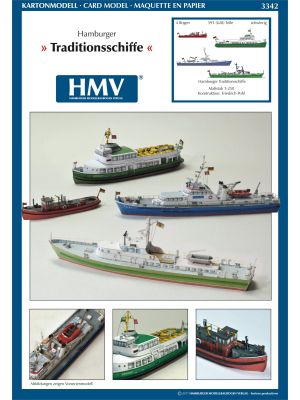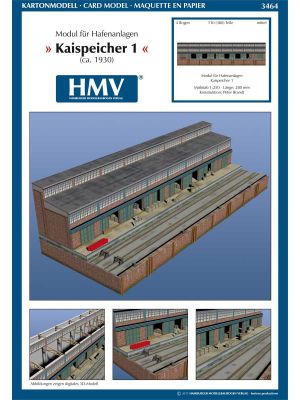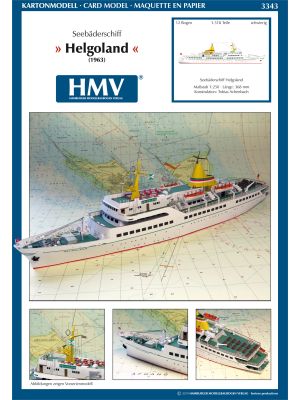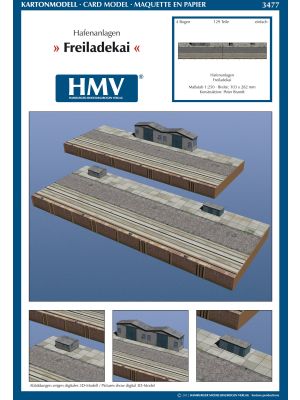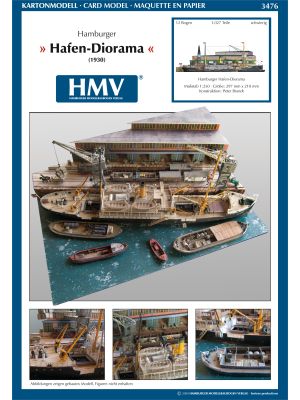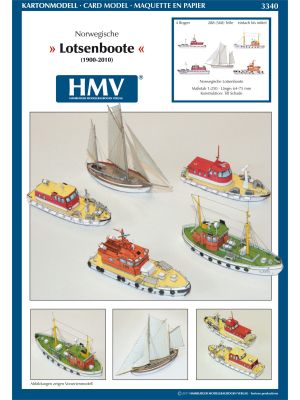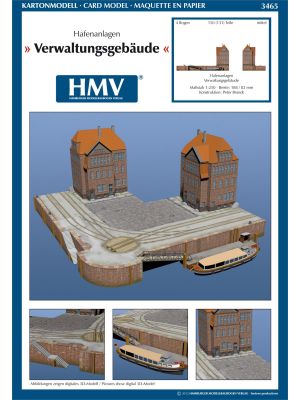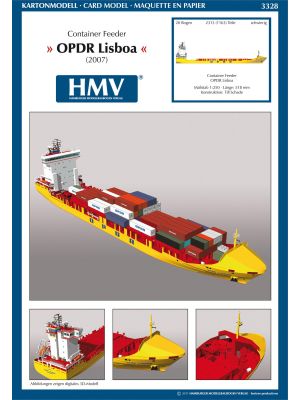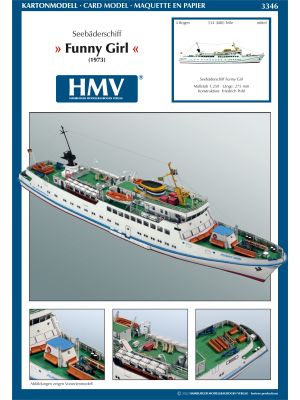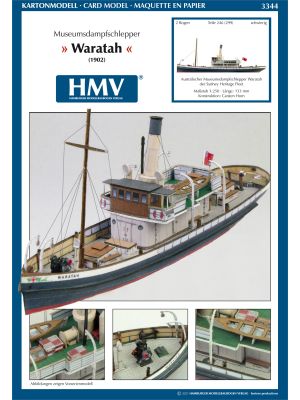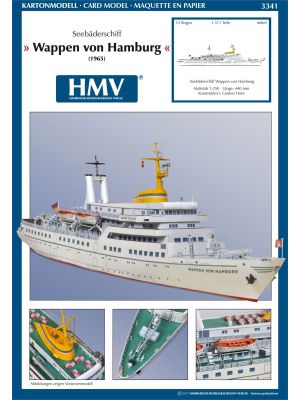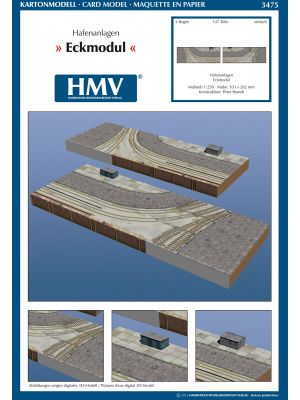Region A - Sea marks 1
Scale: 1/250
Skill Level: difficult
Size (LxW): 282x121 mm (11x4 inch)
This model kit is a real treasure chest for diorama builders. Almost every situation on the water can be simulated with the various fairway buoys. In addition, a pier for buoy layers can be created with the included pier and equipment.
The model kit Sea Mark 1 shows se marks from region A, as they are typically used in Germany. With minor changes, many of the buoys in this set can also be redesigned as buoys in region B. However, the cardinal signs, used to mark danger spots, are different in the two regions. A bit of research on the Internet or the relevant literature is appropriate here. On land, sea marks are usually stored, repaired and serviced in a buoy yard. The pier can be used for this purpose and racks to accommodate the smaller buoys are often well filled in the buoy yard.
The model highlights:
- 93 waterline buoys
- 56 complete buoys
- with a modern pier in modular construction
- with buoys marking hazards
- with the Bremen key buoy
- contains several control buoys
- Contains 5 different buoy types
| Product type | Papermodel |
|---|---|
| Manufacturer | HMV Hamburger Modellbaubogen Verlag |
| Scale | 1/250 |
| Designer | Benjamin Fentens, Friedrich Pohl |
| Difficulty | difficult |
| Sheet size | DIN A4 |
| Sheets | 8 |
| Parts | 2495 |
| Length | 282 mm (11.1 inch) |
| Width | 121 mm (4.76 inch) |
| Bauanleitung | German, English, French, Spanish, Russian, Japanese, Pictures |
In ancient times and in the early Middle Ages, natural signs were primarily used as navigational aids, for example striking rocks or groups of trees on the shore or an unusual coastal formation. Man-made signs were added early on. Piles of stones or wooden scaffolding, some of which were provided with a light at night, were intended to guide ships on the way. Those beacons were used early on and such a sea sign is mentioned near Lübeck as early as 1226. Hamburg began planning a tower with a lantern on the island of Neuwerk in the Elbe estuary in 1286.
Floating sea marks are documented in Germany from the 14th century. By the end of the 18th century, 46 buoys were already available on the Outer Weser. The "key buoy" is certainly the best known of these bouys. This sea mark for the Weser estuary is also included in this model kit. Up until the middle of the 19th century, fairway buoys were made of wood and therefore had to be pulled in in winter because ice and snow were too heavy on the material. The first iron barrels in Germany were used on the Weser. At the same time, special nautical sign vehicles, the buoy layers, appeared.
In 1880 a steel barrel with a gas-powered beacon was put into service for the first time. This made buoying the fairway even more important. Gas-powered navigation marks have been improved over the years and recently a gas-powered buoy could stay at sea for up to two years. In the meantime, modern buoys are equipped with maintenance-free LED light sources that work with solar power for at least 5 years with almost no disruption. The so-called solar compact attachment contains light sources, solar panels, regulators and accumulators and is placed on the hermetically sealed container.
There was no uniform system for centuries, and there was no need for it. It was not until 1904 that a decree published in 1887 by Chancellor Otto von Bismarck on the "principles of a uniform system for designating the fairway and the shallows in German coastal waters" was implemented. This system remained in use essentially until 1954.
An international buoy system has been in place since 1982, which is regulated by the IALA (International Association of Lighthouse Authorities). In Germany, the changeover to the new system took place in the spring of 1978. At that time, however, it was not possible to agree on a globally uniform system. For this reason, a distinction is now made between regions A and B. Region A includes Europe, Africa, large parts of Asia, Australia and New Zealand. Region B includes North and South America, Japan, the Philippines and Korea. Nautical signs in region A are green on starboard with a pointed top sign and odd digits, and red on port with cylindrical top signs and even digits. In Region B, on the other hand, when coming from sea, red buoys with pointed top signs and even digits are used on starboard, and green buoys with cylindrical top signs and odd digits are used on port side.


 Deutsch
Deutsch
